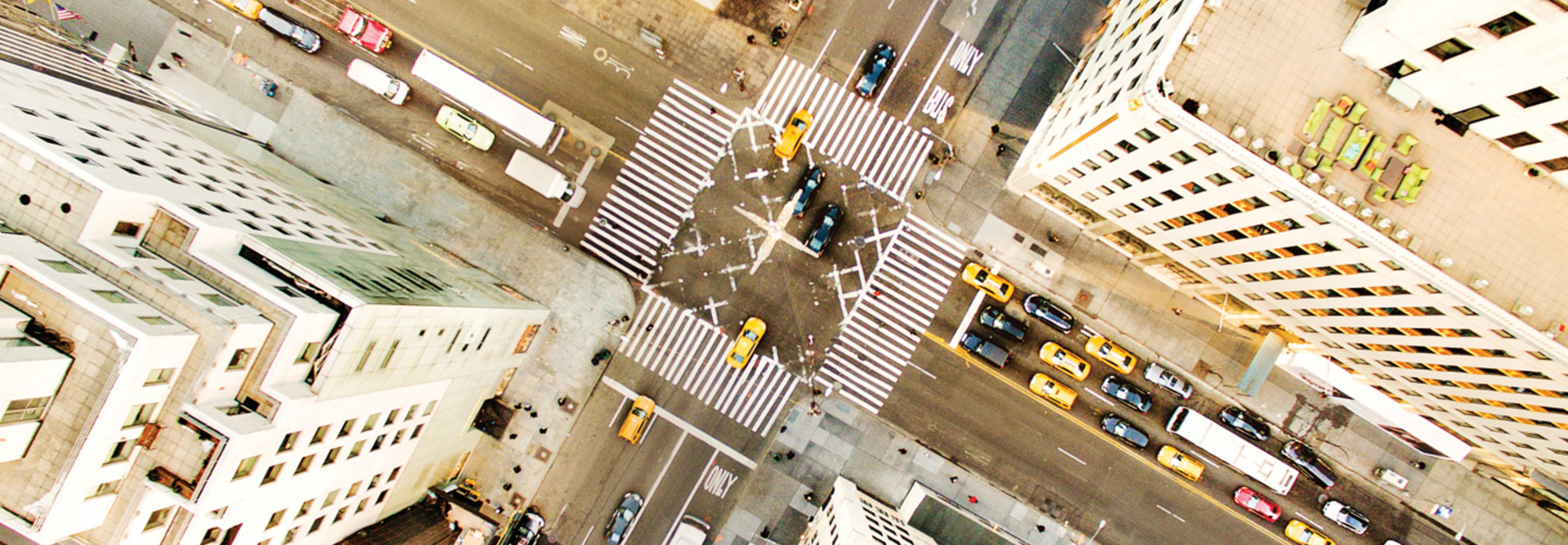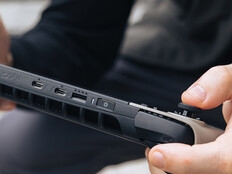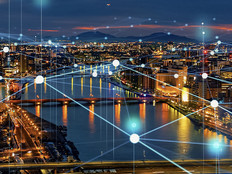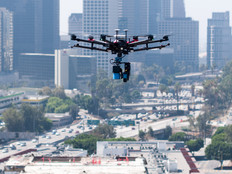Drones Aid Police Departments in Strategic Tactical Efforts
Patrol Services Division Cmdr. Chad Karlewicz of the Renton (Wash.) Police Department sees drones as a force multiplier. For example, a survey of the scene of a car accident once took a half-dozen officers six hours to complete.
“Now, we fly over in 20 minutes and literally have millions of measure points,” Karlewicz says. “It cut overtime costs related to crashes and crime scenes in half, and we get the roads open faster.” Their far reach over ground and in the air makes unmanned aerial vehicles, or drones, an increasingly appealing tool for law enforcement agencies.
Drones Boost Police Tactical Efforts
Renton police initially bought just two drones in 2016. Over time, they procured other models, such as DJI’s Mavic Air.
By 2017, 347 U.S. public safety departments had added the technology, according to the Center for the Study of the Drone at Bard College, which predicts the pace will continue.
Departments tend to use drones more for specific tactical efforts than for routine patrol work, says Michael Geary, a criminal justice professor at Albertus Magnus College in New Haven, Conn., and a former New York City police sergeant.

“No police chief I’ve spoken to is interested in putting a drone in each police car,” Geary says. “The technology excels in emergencies — looking for a missing child at night, working with scenes involving hazardous materials.”
The New York State Police, for example, recently located a suspect who evaded capture during a drone-enhanced raid on a methamphetamine production facility.
“There’s a significant safety factor,” New York State Police Capt. Scott Reichel says. “Troopers aren’t just wandering around in the woods — they can be directed toward where suspect is.”
Departments Overcome Obstacles to Drone Adoption
A few challenges prevent widespread adoption of drones. Most drones can fly for only 30 minutes, Geary says. The New York State Police’s DJI Inspire 2 models operate well in cold weather, but precipitation can ground them, Reichel says.
“We liked that model because it can handle higher winds that some can’t handle,” he says. “We found no one drone is going to do everything you want it to do.”
Privacy can also be a concern. While a 2017 survey from Rasmussen Reports found 36 percent of American adults favor police drone use, slightly more — 39 percent — oppose it.
To help calm fears, Reichel met with members of the media around the state and explained that troopers wouldn’t be using the technology to randomly monitor residents’ activity.
“It was good to dispel some of the myths and tell people we’re not circumventing legal statutes,” he says. “It’s just another tool to support state police on the ground when they’re working on an incident.









